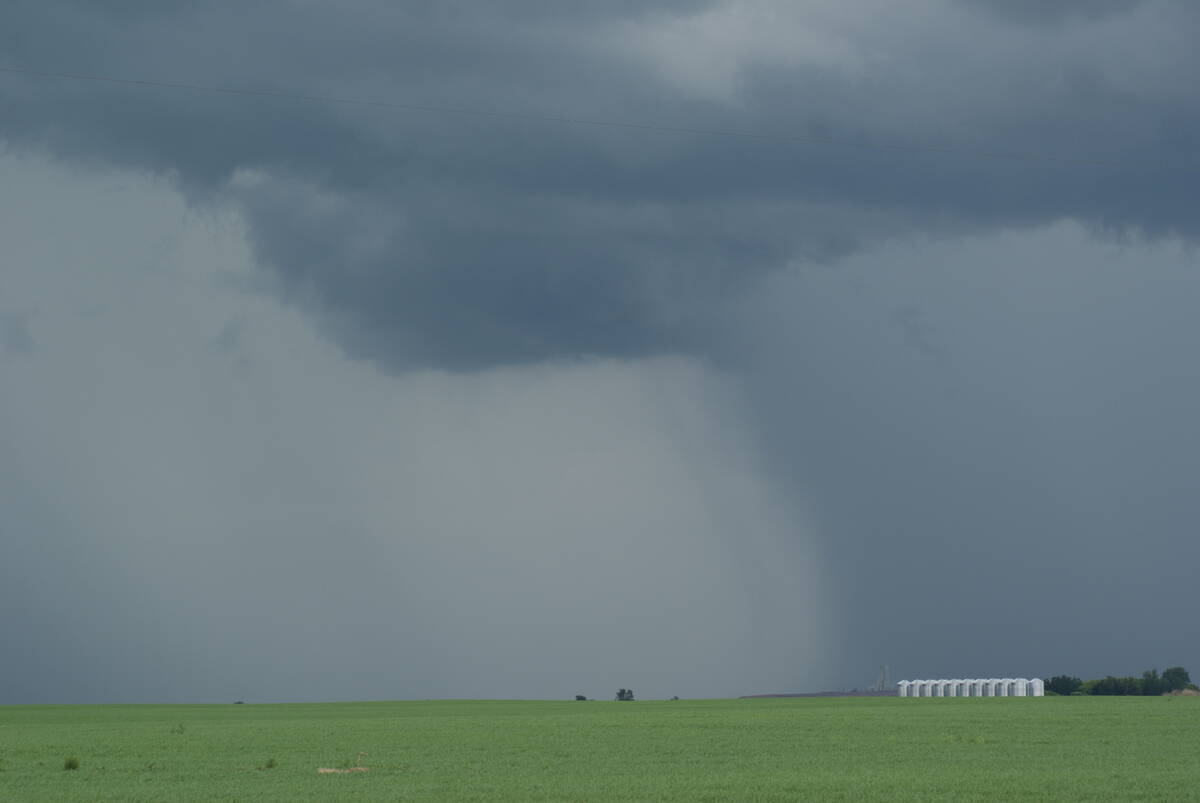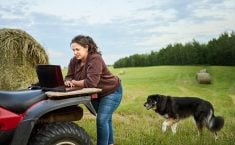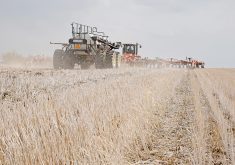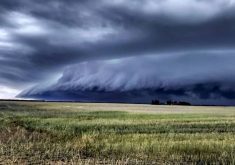Quick, check your heart rate. No, not to see if you are living an active lifestyle but to see how nervous this subject makes you.
I recently received a question on the consequences of being an active versus inactive farmer. We notice many clients coming in with a different perspective of how these rules apply, maybe because being an active farmer effects more than one tax rule.
Being an active farmer affects your eligibility for the lifetime capital gains exemption (LCGE) and the family farm rollover rules.
Read Also

Canadian farmers need new tools to support on-farm innovation
Farmers need a risk management buffer that actually works and investment that drives advancements forward if Canada is to build resilience.
Not following the rules correctly could result in the loss of your $1 million exemption on capital gains or even cause you to pay tax on the entire increase in the fair value of the land that could have been avoided.
In simple terms, active farming is when a farmer who runs an operation and is engaged in day-to-day farming activities earns income. This can include agreements such as a joint venture with a neighbour.
However, one caution is to show you are involved in management and day-to-day decisions.
Inactive farming income is earned by a farmer who rents out his land for cash or crop share and is not involved in day-to-day operations of the farm.
The lifetime capital gains exemption allows a $1 million capital gains exemption per person for the sale of the farmland or qualified farm corporate shares. Therefore, this can result in huge tax savings on the sale of land or a corporation that owns land.
If you, your parents or your grandparents owned the land before 1987, the LCGE rules are easier to meet. As long as the land has been actively farmed by an immediate family member for any five years or in the year before disposition, you have met the rules that allow you to use your capital exemption.
More restrictive rules apply if you acquired the land after 1987. The key is to be actively involved in farming the land on a regular and continuous basis and the land must have been your main source of revenue for at least two years.
Land held in corporations
Farmers whose land is owned by a corporation and are looking to sell would likely want to sell the shares of the corporation in order to use the LCGE.
The following rules must be met for the shares to qualify:
- At the date of sale, 90 percent of the corporation assets must be used in active farming.
- Fifty percent of the assets must be part of an active farm operation for two years before the sale.
- An immediate family member must be involved in day-to-day operations.
Assuming land is the main asset in your corporation, you need to ensure you are actively involved in farming it as discussed above.
Family farm rollover rules allow you to transfer your qualifying farm property on a tax deferred basis to a child that is a resident in Canada.
In order to do this, the land must be used actively in farming for at least 50 percent of the ownership life. Similar rules apply to farm assets owned by a corporation.
I would like to thank the reader who sent in the questions, and I encourage other readers to email me with topics of your choice.
Consult a tax professional about these potential issues.
Riley Honess and Sue Griffiths of KPMG helped write this article.
Colin Miller is a chartered accountant and partner with KPMG’s tax practice in Lethbridge. Contact: colinmiller@kpmg.ca.














